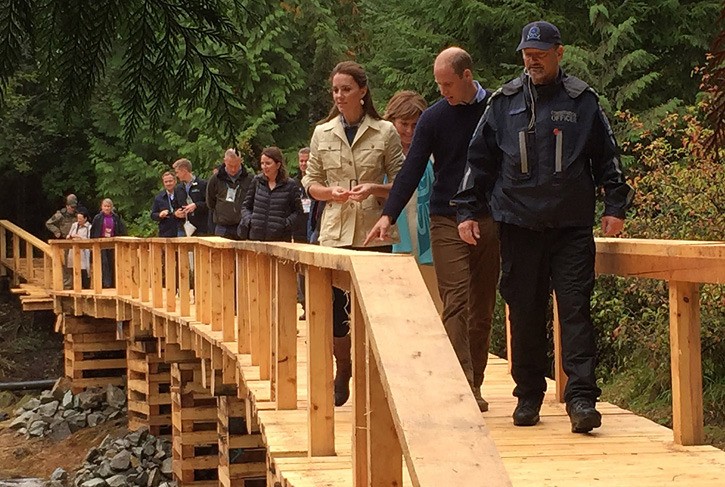New Year’s Day marks the implementation of the Great Bear Rainforest agreement, hailed as a landmark around the world but largely ignored here at home.

It’s been “saved,” as our modern urban mythology describes it. This vast rainforest is no longer officially known as the “North Coast Timber Supply Area,” the name our American-financed protest industry trained our news media to use with a sneer in the 1990s.
The regulations that took effect Jan. 1 do indeed retire this dreaded title, as well as the Mid-Coast, Kingcome and Strathcona Timber Supply Areas. Instead we have the Great Bear Rainforest North, Great Bear Rainforest South and North Island Timber Supply Areas.
I’m not kidding. For these three areas combined, the annual allowable cut has been set at 2.5 million cubic metres per year for the next 10 years. Except for eight “special forest management areas” including Kitsault and Gil Island, this region remains a working forest.
Management of this forest is mainly in the hands of two aboriginal umbrella groups, the Coastal First Nations on the North Coast and the Nanwakolas Council in the Central Coast and North Island. This is one of the agreements that transcend treaties, a concept that may fade into history as more aboriginal people decide to get on with modern life.
The aboriginal communities considered recommendations from three environmental organizations that served as fronts for the U.S. foundations that drove this process. They are Sierra Club B.C., Greenpeace and ForestEthics, which recently changed its name to Stand.
(Stand still has a tree in its logo, but its San Francisco headquarters is transitioning to anti-“tar sands” fundraising. Note that they target only Canadian oil, as they did with logging.)
In the B.C. Interior, the expected post-pine beetle reduction in timber supply is underway. Tolko’s Merritt sawmill is the latest to close, as the company manages the timber supply for its operations in Vernon, Armstrong, Quesnel, Williams Lake, Kelowna, Kamloops and Lumby.
Big companies like Canfor and Interfor have bought sawmills in Alabama, Arizona and other southern U.S. states to continue serving the North American lumber market with southern yellow pine as B.C. timber volume declines.
It remains to be seen whether this cross-border ownership will have any effect on the latest U.S. softwood industry attack on Canada.
With dreary familiarity, the U.S. Lumber Coalition has launched its fifth set of “dumping” and “subsidy” claims, and the U.S. Commerce Department is taking up the investigation once again. The outgoing Barack Obama administration wouldn’t even return our calls until after the previous U.S. protection deal expired, and the incoming Donald Trump regime appears even more protectionist.
B.C. Council of Forest Industries president Susan Yurkovich points out that the U.S. can’t meet its own lumber needs with internal supply. The main effect of duties and quotas on B.C. lumber, which accounts for half of Canada’s U.S. exports, is to push up U.S. prices and profits for U.S. producers.
The slow recovery continues for the U.S. housing market after its self-inflicted collapse in 2008. U.S. lumber imports are up more than 30 per cent for the first three quarters of 2016, and the price for southern yellow pine lumber has already risen 35 per cent since late 2015.
Premier Christy Clark is heading into an election year, where the forest industry gets more attention. She’ll be campaigning on her latest climate action plan, which includes a promise to replant and rehabilitate up to 3,000 square kilometres of pine beetle-damaged forest.
It’s a better plan than increasing taxes.
Tom Fletcher is B.C. legislature reporter and columnist for Black Press. Email: tfletcher@blackpress.ca Twitter: @tomfletcherbc
